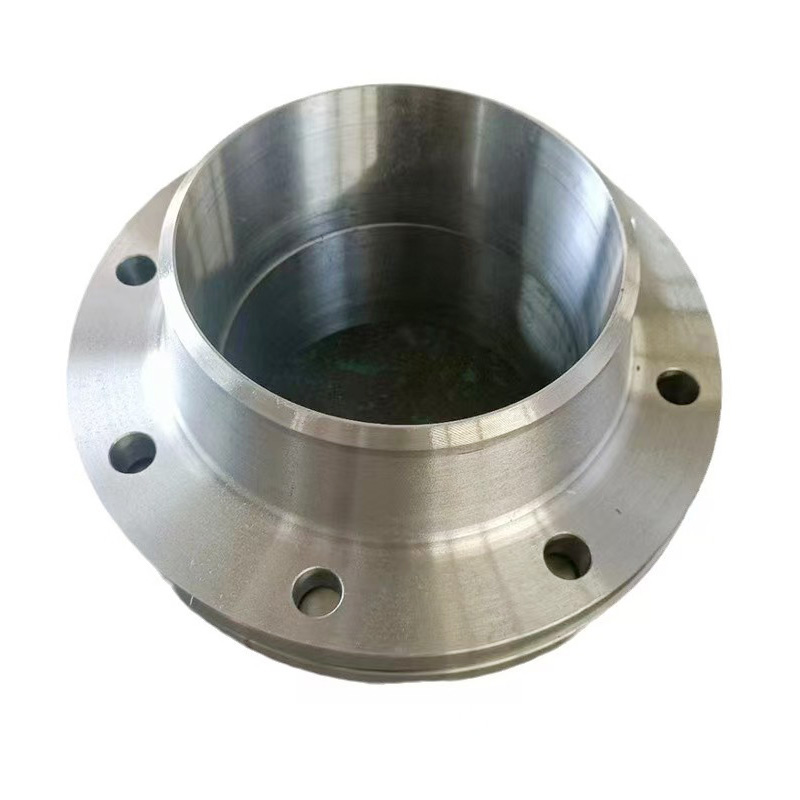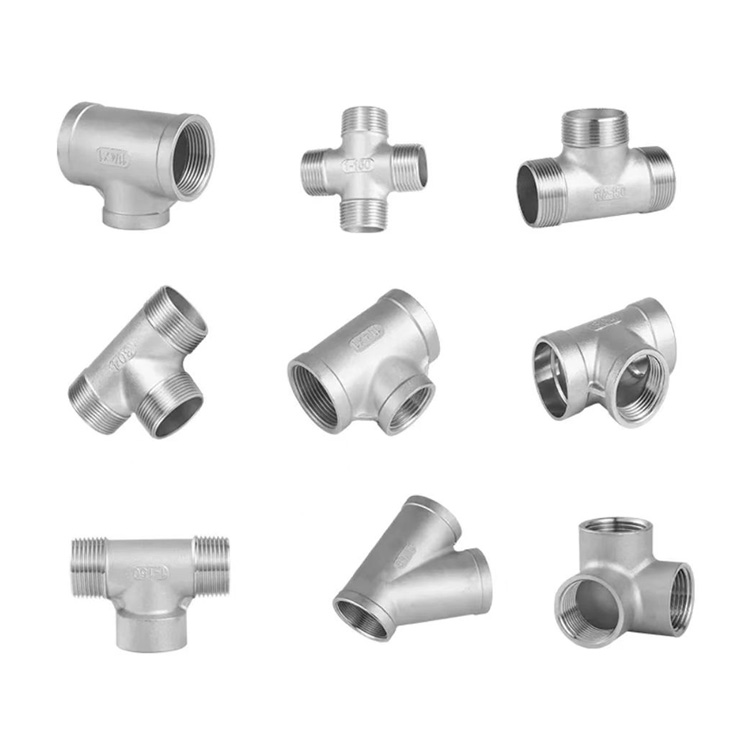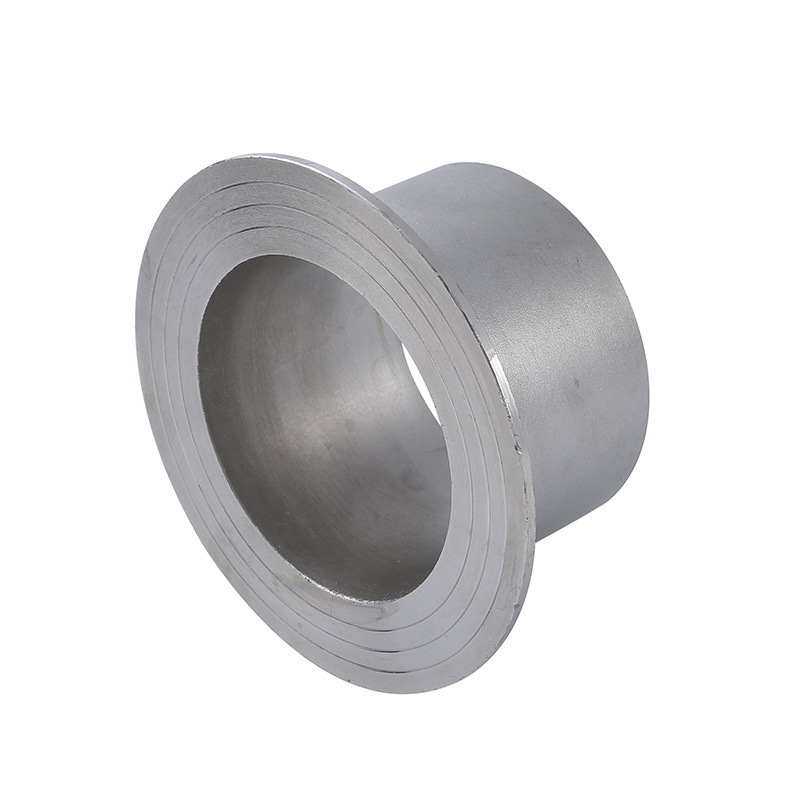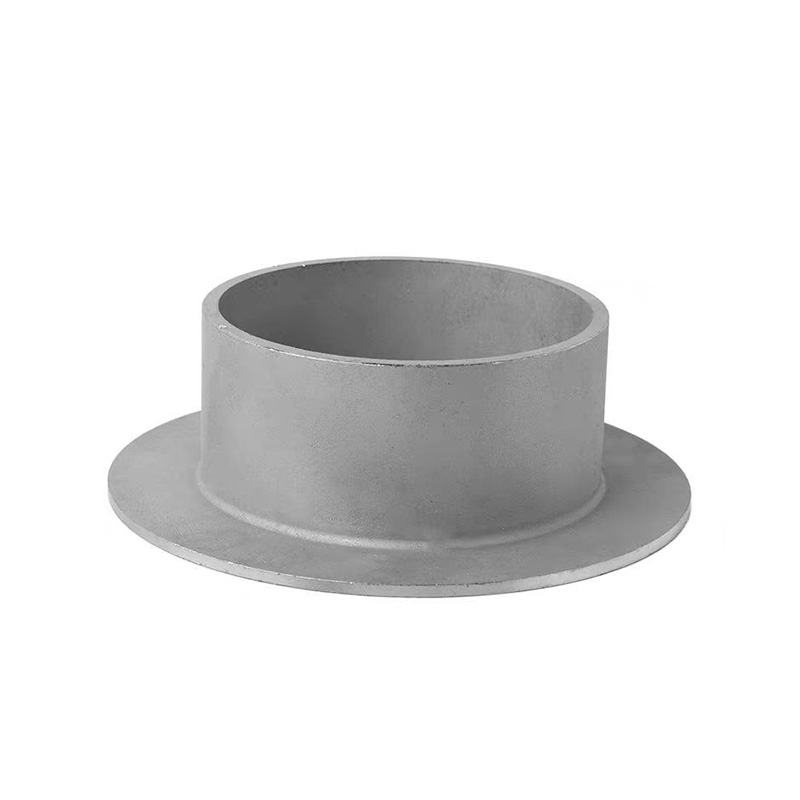Risks of Loosened Tee Connections in Piping Systems and Reinforcement Measures
2025-06-26 18:56:57

Risks of Loosened Tee Connections in Piping Systems and Reinforcement Measures
Loosening at tee (T-joint) connection points in piping systems can pose serious operational and safety risks. This issue often arises due to thermal expansion, vibration, poor installation, or inadequate support. Recognizing the potential hazards and applying effective reinforcement measures is essential for long-term system reliability.
1. Potential Hazards of Loosened Tee Connections
Leakage: A loose connection may lead to fluid or gas leakage, causing environmental contamination, loss of product, or fire/explosion risks in hazardous systems.
Structural Stress: Loosened joints create uneven load distribution and can increase mechanical stress on surrounding welds and components.
Vibration and Noise: A vibrating or shifting tee can generate noise and accelerate fatigue damage.
System Failure: If the loosened joint leads to cracking or detachment under pressure, it may cause a complete system shutdown or dangerous rupture.
Misalignment: Even slight loosening can cause downstream misalignment, affecting flange sealing, valve performance, or equipment connections.
2. Causes of Loosening
Inadequate bolt torque or improper tightening sequence.
Lack of or worn-out gaskets or seals.
Thermal cycling causing expansion/contraction fatigue.
Pipe vibration or water hammer effects.
Poor quality welding or joint preparation.
Insufficient support or anchor points near the tee.
3. Reinforcement and Prevention Measures
Re-Tightening and Proper Torque Control: Use calibrated tools and cross-pattern tightening methods for flanged tees. Recheck bolt tension after thermal cycling or initial operation.
Weld Inspection and Repair: If the tee is welded, perform non-destructive testing (NDT) to check for cracks or poor weld quality. Reinforce or re-weld if needed.
Add Pipe Supports or Guides: Install nearby fixed or guided supports to minimize movement and reduce stress on the tee.
Use Expansion Joints or Flexible Couplings: These can absorb thermal and mechanical movement, preventing stress transfer to the tee.
Vibration Isolators: For systems with pumps or compressors, add isolators to dampen vibration that may affect the tee connection.
Seal Replacement: Replace aged or damaged gaskets with new, properly rated materials to restore sealing integrity.
Regular Inspection and Monitoring: Implement scheduled inspections to detect early signs of loosening, misalignment, or leaks.
Weld-on Reinforcement Pads (Repads): For high-stress or pressure applications, reinforcing pads can be welded around the tee to distribute load and enhance strength.
Conclusion
Loosened tee connections pose significant risks to the stability, efficiency, and safety of industrial piping systems. A combination of proper installation, preventative reinforcement, and routine maintenance is essential to avoid failures and ensure long-term operational integrity.

AWeld Neck Flange (WN Flange)is a type of piping flange designed to be welded to a pipe or ...

Socket fittings are essential components in piping systems, designed to connect, branch, or...

Welding ring is a commonly used metal ring component in pipeline connection or equipment do...

Welding ring is a pipe fitting used for pipeline connection. The following is its detailed ...






